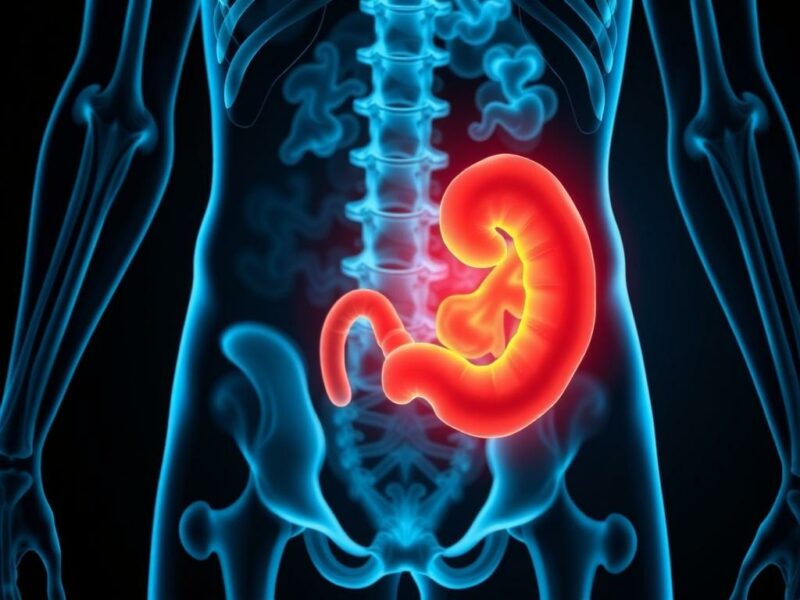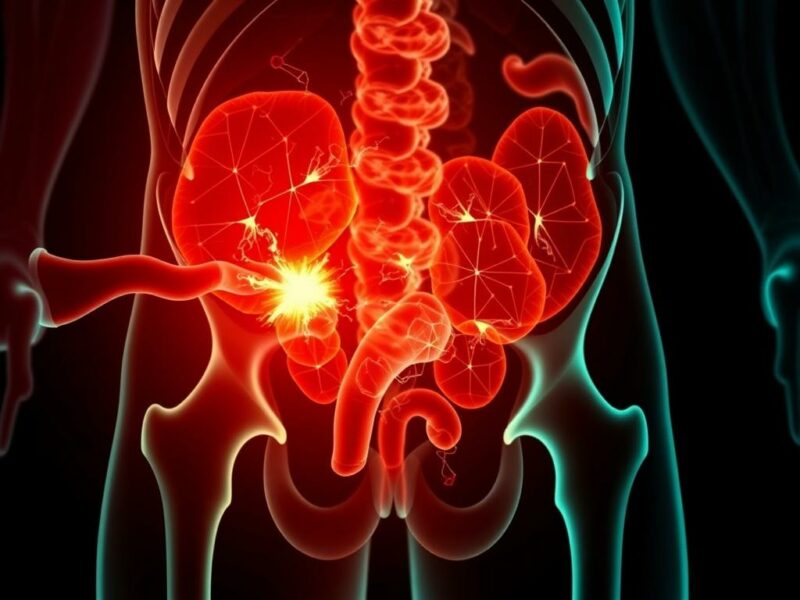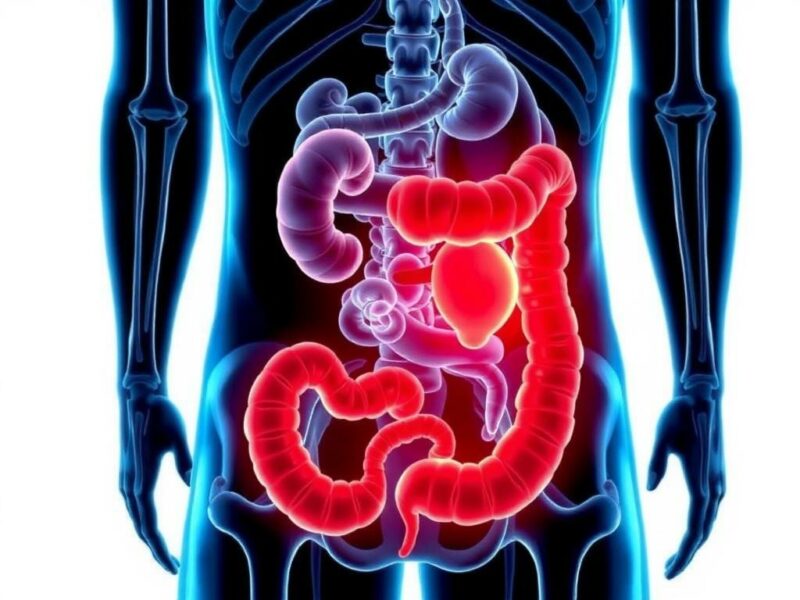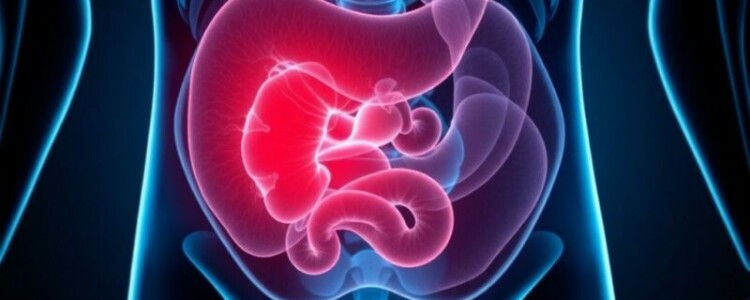When someone experiences sudden abdominal pain, the possibility of appendicitis often looms large in the minds of doctors and patients alike. Appendicitis—an inflammation of the appendix—is a common surgical emergency worldwide. The stakes are high because delayed or incorrect diagnosis can lead to serious complications such as a ruptured appendix and peritonitis. Traditionally, diagnosing appendicitis has relied heavily on clinical examination, blood tests, and imaging techniques like ultrasound or CT scans. But in recent years, a new frontier has emerged that could transform the way medical professionals identify and manage appendicitis: Artificial Intelligence (AI).
AI in diagnosis is reshaping many areas of healthcare by providing faster, more accurate assessments than ever before. When applied to appendicitis, AI-powered diagnostic tools have the potential to enhance decision-making, reduce unnecessary surgeries, and improve patient outcomes. So how exactly does artificial intelligence work in this setting? How reliable is it compared to traditional methods? And what challenges and opportunities lie ahead in the merger of gastroenterology, emergency medicine, and cutting-edge technology? Let’s explore the fascinating interplay between appendicitis and artificial intelligence in diagnosis step by step.
Understanding Appendicitis: The Basics
Before diving into the role of AI, it’s important to understand what appendicitis actually is. The appendix is a small, finger-shaped pouch attached to the large intestine, and while its exact function isn’t fully understood, inflammation here can cause acute abdominal pain. Appendicitis is typically caused by a blockage inside the appendix, often from stool, a foreign body, or infection, which leads to swelling, decreased blood flow, and bacterial overgrowth.
- Symptoms: Most patients with appendicitis experience sharp pain starting near the belly button and moving to the lower right abdomen, accompanied by nausea, vomiting, fever, and loss of appetite.
- Diagnosis Challenge: The symptoms can overlap with many other conditions such as gastroenteritis, ovarian cysts, or urinary tract infections, making appendicitis tricky to diagnose based solely on clinical signs.
- Importance of Timely Diagnosis: Delaying treatment increases the chances of appendix rupture, which can cause widespread infection and is life-threatening.
The complexity and urgency inherent in appendicitis cases underscore why precise diagnostic tools are essential.
The Traditional Diagnostic Approach to Appendicitis
Medical professionals have long relied on a combination of history-taking, physical examination, laboratory tests, and imaging to identify appendicitis.
Clinical Examination
A doctor will palpate the abdomen to pinpoint tenderness, particularly in the right lower quadrant (McBurney’s point). However, this method has limitations as not all patients present textbook symptoms, especially children, pregnant women, or the elderly.
Laboratory Tests
Blood tests often show elevated white blood cell counts signaling infection. While suggestive, elevated white cells are not specific to appendicitis and can be elevated in other inflammatory conditions.
Imaging Techniques
- Ultrasound: A non-invasive, radiation-free means to visualize the appendix, often the first choice for children and pregnant women. However, it is highly operator-dependent and may not always yield clear results.
- Computed Tomography (CT) Scan: Provides detailed images and is more sensitive for appendicitis diagnosis. However, it exposes patients to radiation and isn’t always readily available in emergency settings.
While effective in many cases, traditional diagnostic methods involve a degree of uncertainty—leading to either missed diagnoses or unnecessary surgeries (called negative appendectomies).
The Promise of Artificial Intelligence in Appendicitis Diagnosis
Enter artificial intelligence. AI—particularly machine learning and deep learning—has taken giant strides in healthcare starting with image recognition, predictive modeling, and decision support systems.
How Does AI Work in Appendicitis Diagnosis?
AI systems can analyze vast amounts of clinical data, including patient symptoms, laboratory results, and imaging scans, to identify patterns that might escape human detection. For example, an AI algorithm trained on thousands of abdominal CT images can learn to spot subtle signs of appendicitis more quickly and accurately than a radiologist working alone.
Some key AI applications include:
| AI Application | Description | Benefits |
|---|---|---|
| Image Analysis | Deep learning models trained to interpret ultrasound and CT scans for signs of appendix inflammation. | Faster and potentially more accurate diagnosis, even in resource-limited settings. |
| Predictive Algorithms | Machine learning tools that integrate clinical and lab data to calculate the likelihood of appendicitis. | Reduce unnecessary imaging or surgeries. |
| Decision Support Systems | Real-time assistance for emergency doctors by providing recommended diagnostic or treatment pathways. | Boost clinical confidence and consistency. |
Examples of AI Tools in Use
Researchers and developers have created AI-based applications to aid appendicitis diagnosis. For instance, a recent study demonstrated a machine learning model that outperformed traditional clinical scoring systems such as the Alvarado score, a commonly used tool to evaluate appendicitis risk.
In radiology, AI-enabled ultrasound tools help less experienced technicians capture and interpret images that meet diagnostic quality standards—a crucial advantage in hospitals where specialists aren’t always available.
Advantages of Using AI in the Diagnosis of Appendicitis

Adopting AI for appendicitis diagnosis offers numerous potential benefits that can improve both individual patient care and overall healthcare efficiency.
- Improved Accuracy and Early Detection: AI algorithms can reduce false positives and false negatives by combining multiple data points—clinical symptoms, labs, imaging results—resulting in more precise diagnoses.
- Reduced Radiation Exposure: If AI-enhanced ultrasound can provide reliable diagnoses, fewer patients will need CT scans, minimizing exposure to ionizing radiation.
- Faster Decision-Making: AI tools can analyze data quickly, giving doctors timely information critical for emergency treatment.
- Lowered Health Costs: By avoiding unnecessary surgeries and expensive imaging, AI can reduce healthcare spending.
- Standardized Care: AI can help reduce variation in diagnosis between different clinicians or institutions, promoting equitable and evidence-based care.
Challenges and Limitations in AI-Driven Appendicitis Diagnosis

While AI holds great promise, it is not without hurdles that must be addressed carefully.
Data Quality and Bias
AI models rely on large datasets. If these datasets are not diverse and representative of all patient populations, the AI may perform poorly or unfairly in certain groups. For example, an AI system trained only on data from adult males may miss atypical presentations common in elderly or female patients.
Clinical Integration and Trust
Physicians need to trust AI recommendations. However, AI models often operate as so-called “black boxes” where the reasoning behind a diagnosis isn’t transparent. This can make clinicians hesitant to rely solely on AI without understanding the underlying logic.
Regulatory and Ethical Considerations
Implementing AI in clinical practice involves navigating rigorous regulatory approvals to ensure safety and efficacy. Ethical concerns also arise about patient privacy, data security, and accountability when AI errors occur.
Technical and Operational Barriers
Many hospitals, especially in low-resource settings, lack the infrastructure to support AI tools—such as high-quality imaging equipment and stable internet connections. Training healthcare staff to use new AI systems is another challenge.
Current Research and Future Prospects

The intersection of appendicitis and artificial intelligence is a vibrant area of ongoing research. Numerous studies aim to refine AI models, validate their performance in clinical settings, and integrate them smoothly into emergency departments.
Hybrid Diagnostic Models
Future diagnostic pathways will likely combine AI with human expertise, where AI serves as decision support rather than replacement. For instance, AI might flag suspicious imaging findings for radiologist review or prioritize patients needing urgent surgery.
Integration with Wearables and Point-of-Care Devices
Advancements in wearable health technology and portable ultrasound devices, combined with AI, may allow real-time monitoring and early detection of appendicitis in outpatient or rural settings.
Personalized Medicine
Artificial intelligence may eventually customize diagnostic and treatment protocols for appendicitis patients based on individual risk profiles, genetics, and comorbid conditions.
Global Impact
By enabling more accurate diagnosis in underserved regions, AI has the potential to reduce mortality from appendicitis globally. This aligns with broader goals to leverage technology for equitable healthcare.
Summary Table: Traditional Diagnosis vs. AI-Enhanced Diagnosis of Appendicitis
| Aspect | Traditional Diagnosis | AI-Enhanced Diagnosis |
|---|---|---|
| Data Used | Clinical signs, labs, imaging interpreted manually | Aggregates multiple data types analyzed by algorithms |
| Accuracy | Variable, depends on clinician experience and imaging quality | Generally higher and more consistent, validated through large datasets |
| Speed | Time-consuming, especially waiting for imaging and results | Rapid analysis and real-time decision support |
| Radiation Exposure | Potentially high with CT scans | Can reduce reliance on CT by improving ultrasound diagnostics |
| Costs | Higher due to unnecessary surgeries and imaging | Potentially lower by streamlining diagnostic pathways |
| Accessibility | Limited by availability of specialists and equipment | Can extend diagnostic support to resource-poor settings with mobile devices |
Conclusion
The fusion of appendicitis management and artificial intelligence in diagnosis promises a paradigm shift in emergency medicine. By leveraging AI’s ability to analyze complex datasets and imaging with speed and precision, doctors can benefit from enhanced diagnostic accuracy, minimized invasive procedures, and improved patient care outcomes. Despite challenges related to data bias, clinical acceptance, and infrastructure, ongoing research and technological advances are steadily overcoming these barriers. As AI systems become more integrated into clinical workflows, they will not replace physicians but rather empower them to make more informed, timely, and personalized decisions. Ultimately, artificial intelligence is poised to be a vital ally in the fight against appendicitis, turning what has been a challenging diagnosis into a more manageable, efficient, and equitable process for patients everywhere.



